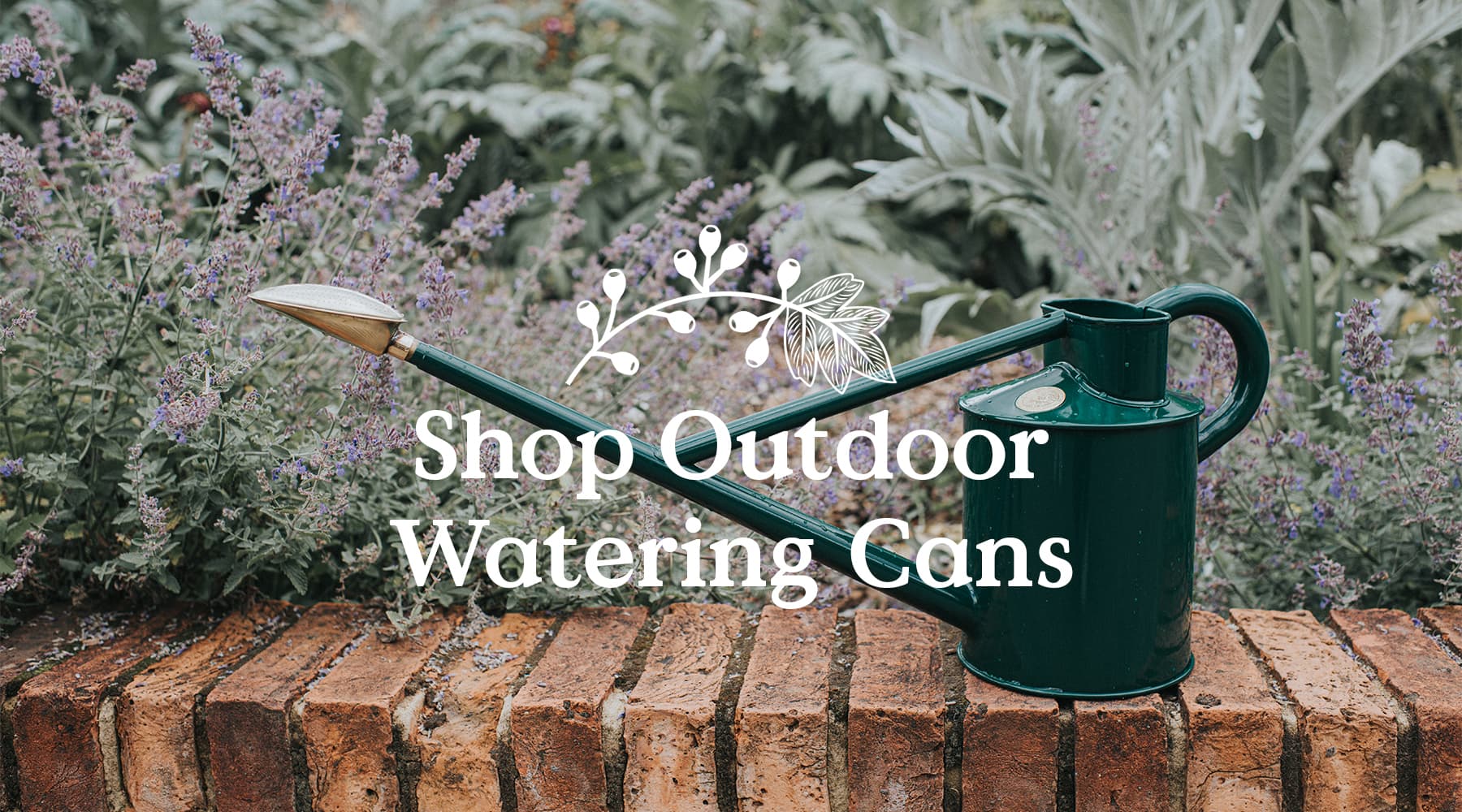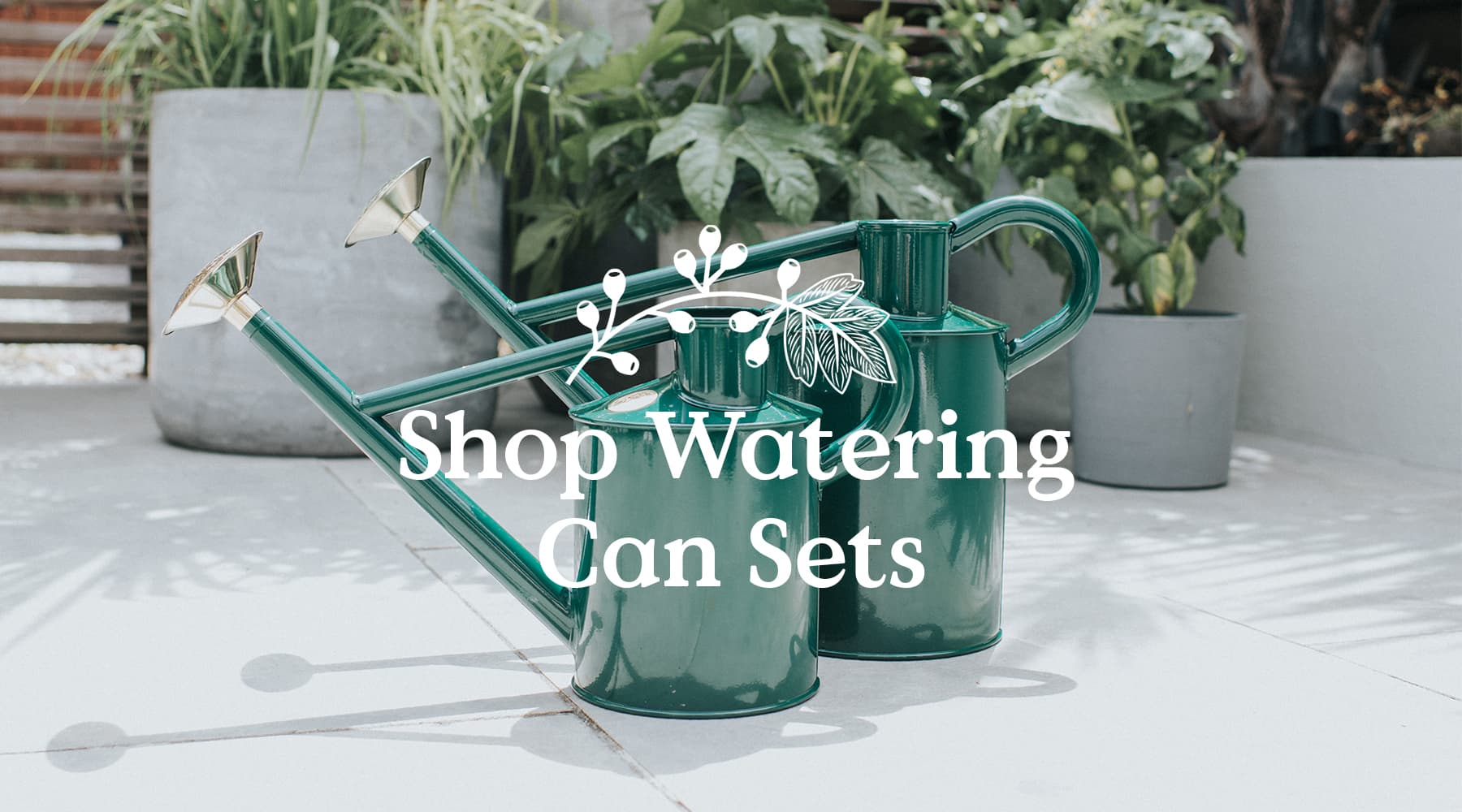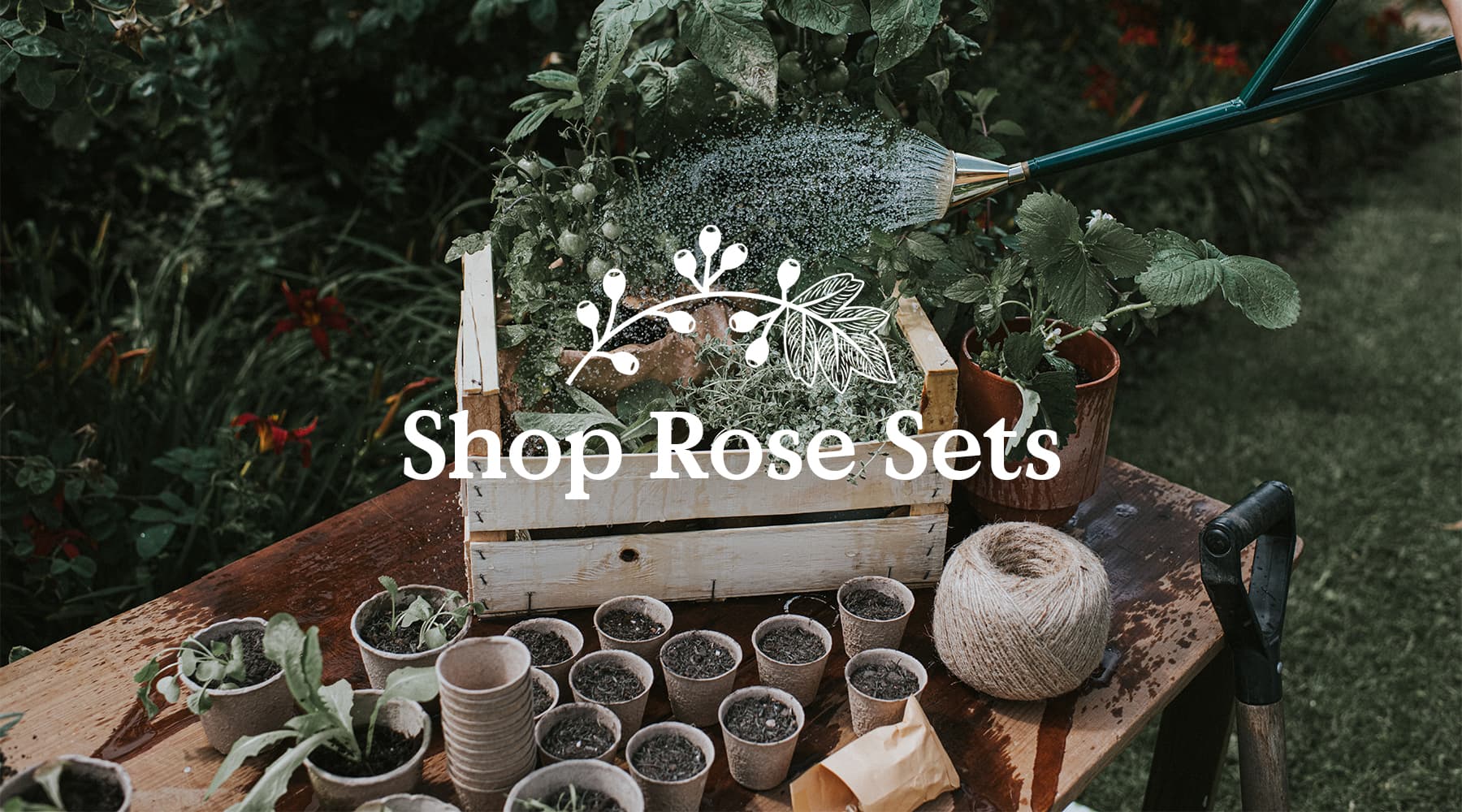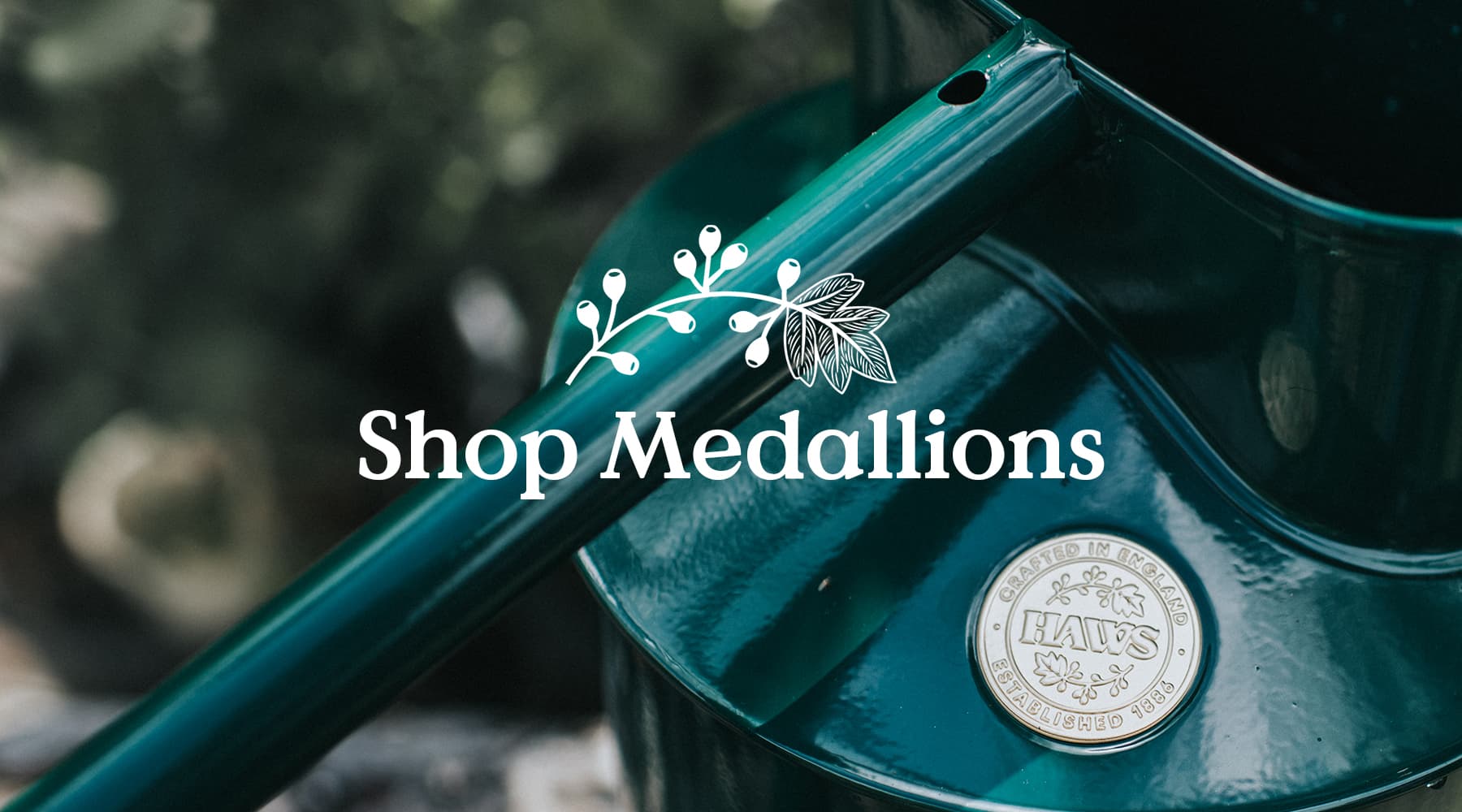A gardener of Michelin star worthy veg, Anna Greenland shares with us her tips for growing like a pro.
Growing for Flavour
The very nature of ‘growing your own’ already gives you a head start in the flavour stakes. Fresh out of the ground and tended by your own fair hand, homegrown crops leave even the fanciest supermarket produce in the dust. But if you want something really special, there are a few tips I’ve gleaned from my time growing for chefs (who are a very particular bunch)!

Grow Organic
The soil or ‘terroir’ has a big impact on flavour. Soil is alive and needs nurture to support your plants. Research shows that organically grown crops are of a much denser nutritional quality, being higher in antioxidants than conventional ones. I can really taste the vibrancy of crops grown in living soil, without pesticides.
If you have space to make your own compost then this is the ultimate way to feed soil. Or the addition of well-rotted manure. If neither of these are easy to access, green manures that you turn back into the soil are a great option.
Create a flourishing ecosystem in your garden with a diversity of flowering herbs and flowers to lure in the pollinators and beneficial predatory insects. Calendula, cornflowers, borage, nasturtiums, tagetes, poached egg plant and umbellifers like bronze and green fennel, sweet cicely and parsley (that you allow to flower) work brilliantly. A healthy soil and ecosystem breeds great flavour.
Grow Diversity
Don’t just stick to what you know, as flavour can vary considerably between varieties. Be experimental with varieties and always keep notes on what you like.
When I worked for Raymond Blanc, we selected a range of crops we wanted to taste trial each season from apples to potatoes to chillis (that was a fiery session!) and scored everything to dictate what we grew the following year. Choosing to grow early varieties can often lead to special flavours. The first potatoes like ‘International Kidney’ or ‘Red Duke of York’ are, in my opinion, far superior in flavour to maincrop potatoes. Or the first pickings of ‘Early Nantes’ or ‘Amsterdam Forcing’ carrots.
I love the range of unusual varieties that realseeds stock. You’ll lose hours looking through their site. I list other recommended varieties at the end of this piece.
Grow What you Can’t Buy
Concentrate on things that you can’t find in the shops (probably because they don’t transport or store well). Red Russian Kale, Flamingo Chard and Collard Greens (like Purple Tree Collard) are some of my favourites that you’ll never find in supermarkets, and you can keep cropping them over a long season so good bang for your buck.
Freshly picked herbs elevate a dish to something special, incomparable to those plastic packets that rot in the fridge. Grow your own Parsley, Chervil, Tarragon and Dill and I defy you not to grab handfuls to munch on as a snack.
Lemon Verbena and Rose Geranium work wonderfully in desserts and baking, infused into syrups, creams or sorbets. Delicate berries like Alpine Strawberries for a small garden, or Japanese Wineberries and Mulberries in bigger spaces are a must.
And finally, interesting leaves make a garden salad a work of art. Layer these with a crunchy Butterhead or Little Gem lettuce, soft herbs and edible flowers. Even throw in jewel-like Alpine Strawberries. With a good dressing, this makes salad the main event; not a limp offering on the side.
Unusual salad leaves to try:
French Sorrel (Rumex acetosa), Agretti (Salsola soda), Vegetable Mallow (Malva crispa), Purple Oxalis (Oxalis triangularis), Wood Sorrel (Oxalis acetosella), Buckler Sorrel (Rumex scutatus), Buck’s Horn Plantain/Minutina (Plantago coronopus), Peashoots (great windowsill growers)
Other top varieties for flavour:
Early potatoes ‘International Kidney’ and ‘Red Duke of York’
Radish ‘Red Meat’ (beautiful mandolined or used in ferments and pickles)
Beetroot ‘Chioggia’ (sweeter than other varieties) and ‘Golden’
Winter Squash ‘Delicata’ and ‘Ute Indian’ (both offer sweet, earthy, nutty deliciousness roasted and slathered in butter)
Tomatoes (‘Stupice’, ‘Black Cherry’, ‘Gardener’s Delight’, ‘Orange Banana’)
Chinese Artichoke or Crosne (Stachys affinis) – perennial tubers that look like little shells. A good crunch like water chestnuts. So tasty blanched and tossed in plenty of butter and herbs.
Alpine Strawberry (‘White Soul’ and ‘Scarlet Beauty’)














